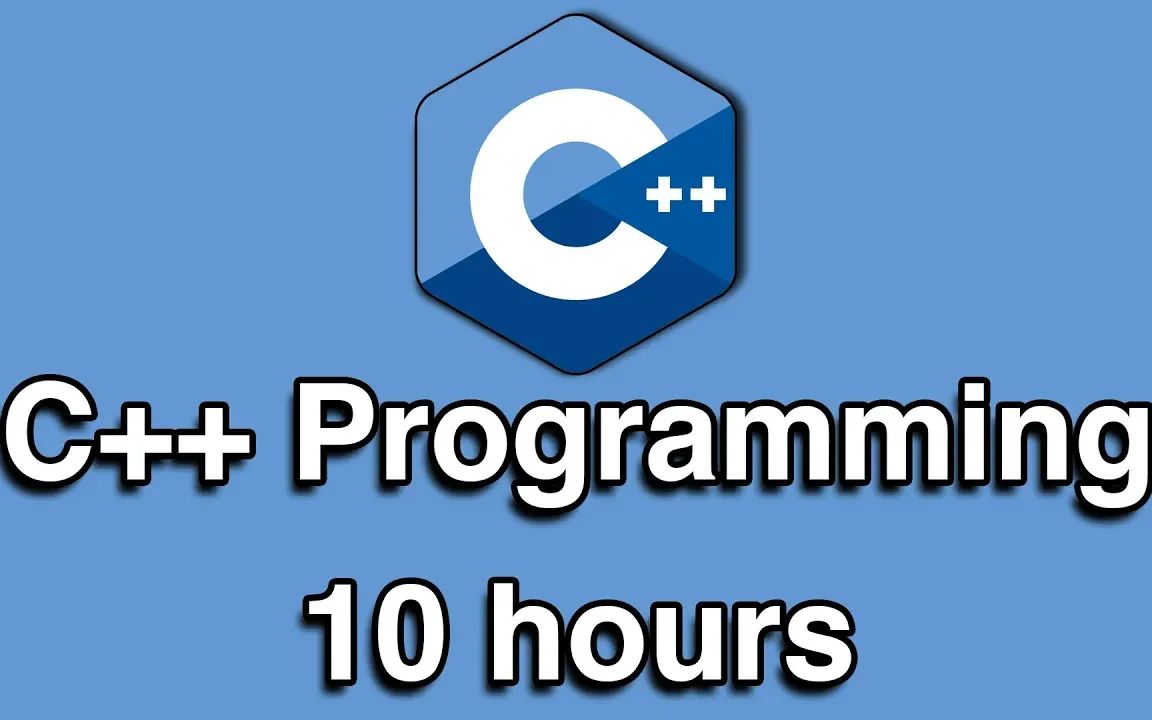引言
随着.NET Core的推出和后续.NET 5/6/7的演进,C#已从Windows生态语言转变为真正的跨平台开发语言。如今,开发者可以使用C#构建运行在Windows、Linux、macOS、iOS、Android甚至嵌入式设备上的应用程序。本文将全面介绍C#跨平台开发的技术栈、工具链和最佳实践。
1. 跨平台技术栈概览
1.1 .NET统一平台
- .NET 5/6/7+:微软统一的开发平台
- 支持的操作系统:
- Windows (7/8/10/11, Windows Server)
- Linux (Ubuntu, Debian, RHEL, Alpine等)
- macOS (10.13+)
1.2 主要跨平台框架
| 框架 | 适用场景 | 目标平台 |
|---|---|---|
| .NET MAUI | 跨平台UI | Windows/macOS/iOS/Android |
| Avalonia | 跨平台UI | Windows/Linux/macOS |
| Uno Platform | 跨平台UI | Web/Wasm/iOS/Android/macOS |
| Blazor | Web/桌面 | 浏览器/桌面应用 |
| ASP.NET Core | Web应用 | 全平台服务器 |
2. 跨平台UI开发
2.1 .NET MAUI (多平台应用UI)
项目创建:
dotnet new maui -n MyMauiApp示例代码:
// 跨平台页面
public class MainPage : ContentPage
{
public MainPage()
{
Content = new VerticalStackLayout
{
Children = {
new Label {
Text = "Welcome to .NET MAUI!",
FontSize = 22,
HorizontalOptions = LayoutOptions.Center
},
new Button {
Text = "Click Me",
Command = new Command(() => DisplayAlert("Hello", "You clicked me!", "OK"))
}
}
};
}
}平台特定代码:
// 共享接口
public interface IDeviceService
{
string GetPlatformName();
}
// Android实现
#if ANDROID
public class DeviceService : IDeviceService
{
public string GetPlatformName() => "Android";
}
#endif
// iOS实现
#if IOS
public class DeviceService : IDeviceService
{
public string GetPlatformName() => "iOS";
}
#endif2.2 Avalonia UI
项目创建:
dotnet new avalonia.app -n MyAvaloniaApp示例代码:
public class MainWindow : Window
{
public MainWindow()
{
Title = "Avalonia跨平台应用";
Content = new StackPanel
{
Children =
{
new TextBlock { Text = "Hello World!", FontSize = 20 },
new Button { Content = "Click Me" }
.OnClick((s, e) => MessageBox.Show(this, "Button clicked!"))
}
};
}
}3. 跨平台服务开发
3.1 Worker Service
创建项目:
dotnet new worker -n MyCrossPlatformService配置为系统服务:
public static IHostBuilder CreateHostBuilder(string[] args) =>
Host.CreateDefaultBuilder(args)
.UseWindowsService() // Windows服务
.UseSystemd() // Linux systemd服务
.ConfigureServices(services =>
{
services.AddHostedService<Worker>();
});3.2 文件系统操作
using System.IO;
// 跨平台路径组合
var configPath = Path.Combine(
Environment.GetFolderPath(Environment.SpecialFolder.ApplicationData),
"MyApp",
"config.json");
// 跨平台目录分隔符
Console.WriteLine($"分隔符: {Path.DirectorySeparatorChar}");
// 检查操作系统
if (OperatingSystem.IsWindows())
{
// Windows特定代码
}
else if (OperatingSystem.IsLinux())
{
// Linux特定代码
}4. 平台互操作
4.1 条件编译
// 平台检测
if (RuntimeInformation.IsOSPlatform(OSPlatform.Windows))
{
WindowsSpecificMethod();
}
else if (RuntimeInformation.IsOSPlatform(OSPlatform.Linux))
{
LinuxSpecificMethod();
}
// 条件编译
#if WINDOWS
[DllImport("user32.dll")]
public static extern int MessageBox(IntPtr hWnd, string text, string caption, uint type);
#elif LINUX
// Linux原生互操作
#endif4.2 使用Native库
P/Invoke示例:
using System.Runtime.InteropServices;
public class NativeMethods
{
// Windows
[DllImport("kernel32.dll")]
public static extern uint GetCurrentThreadId();
// Linux (需要指定不同库名)
[DllImport("libc", EntryPoint = "getpid")]
public static extern int GetProcessId();
}
// 使用
var threadId = NativeMethods.GetCurrentThreadId();5. 容器化与跨平台部署
5.1 Docker支持
示例Dockerfile:
# 多阶段构建
FROM mcr.microsoft.com/dotnet/sdk:6.0 AS build
WORKDIR /src
COPY . .
RUN dotnet publish -c Release -o /app
# 运行时镜像
FROM mcr.microsoft.com/dotnet/runtime:6.0
WORKDIR /app
COPY --from=build /app .
ENTRYPOINT ["dotnet", "MyApp.dll"]多平台构建:
# 构建Linux容器
docker build -t myapp -f Dockerfile.linux .
# 构建Windows容器
docker build -t myapp -f Dockerfile.windows .5.2 发布单文件应用
# 发布自包含单文件应用
dotnet publish -c Release -r linux-x64 --self-contained true /p:PublishSingleFile=true
dotnet publish -c Release -r win-x64 --self-contained true /p:PublishSingleFile=true6. 跨平台开发工具
6.1 Visual Studio Code
推荐扩展:
- C# (ms-dotnettools.csharp)
- .NET MAUI (ms-dotnettools.dotnet-maui)
- Docker (ms-azuretools.vscode-docker)
- Remote – Containers (ms-vscode-remote.remote-containers)
6.2 调试配置
.vscode/launch.json:
{
"version": "0.2.0",
"configurations": [
{
"name": ".NET Core Launch",
"type": "coreclr",
"request": "launch",
"program": "${workspaceFolder}/bin/Debug/net6.0/MyApp.dll",
"args": [],
"cwd": "${workspaceFolder}",
"console": "internalConsole"
}
]
}7. 最佳实践
7.1 文件路径处理
// 避免硬编码路径分隔符
var badPath = "folder\\file"; // ❌ Windows特定
var goodPath = Path.Combine("folder", "file"); // ✅ 跨平台
// 使用Path类处理所有路径操作
var fullPath = Path.GetFullPath("./config");
var dirName = Path.GetDirectoryName(fullPath);7.2 行尾符处理
// 使用Environment.NewLine替代\n或\r\n
var text = $"Line1{Environment.NewLine}Line2";
// 读取文件时统一处理
var content = File.ReadAllText("file.txt")
.Replace("\r\n", "\n") // Windows换行→Unix
.Replace("\r", "\n"); // 旧Mac换行→Unix7.3 文化敏感处理
// 明确指定文化信息
var number = 1234.56;
var invariant = number.ToString(CultureInfo.InvariantCulture); // "1234.56"
var local = number.ToString(CultureInfo.CurrentCulture); // 可能"1234,56"
// 解析时指定文化
var parsed = double.Parse("1234.56", CultureInfo.InvariantCulture);8. 实际案例
8.1 跨平台配置文件加载
public static string GetConfigPath()
{
var basePath = Environment.GetFolderPath(
Environment.SpecialFolder.ApplicationData);
if (OperatingSystem.IsLinux())
{
basePath = Environment.GetFolderPath(
Environment.SpecialFolder.UserProfile);
}
return Path.Combine(basePath, ".myapp", "config.json");
}8.2 跨平台进程管理
public static void OpenBrowser(string url)
{
try
{
if (OperatingSystem.IsWindows())
{
Process.Start(new ProcessStartInfo(url) { UseShellExecute = true });
}
else if (OperatingSystem.IsLinux())
{
Process.Start("xdg-open", url);
}
else if (OperatingSystem.IsMacOS())
{
Process.Start("open", url);
}
}
catch (Exception ex)
{
Console.WriteLine($"无法打开浏览器: {ex.Message}");
}
}结语
C#跨平台开发已经成熟,通过.NET统一平台和丰富的框架选择,开发者可以构建真正原生的跨平台应用。关键要点包括:
- 选择合适的UI框架:根据目标平台选择.NET MAUI、Avalonia或Blazor
- 抽象平台差异:通过条件编译和运行时检测处理平台特定代码
- 遵循跨平台最佳实践:正确处理路径、行尾符和文化差异
- 利用现代化工具链:使用容器化、单文件发布等简化部署
随着.NET生态的持续发展,C#已成为跨平台开发的强大选择,既保持了企业级语言的严谨性,又具备了现代开发所需的灵活性。
